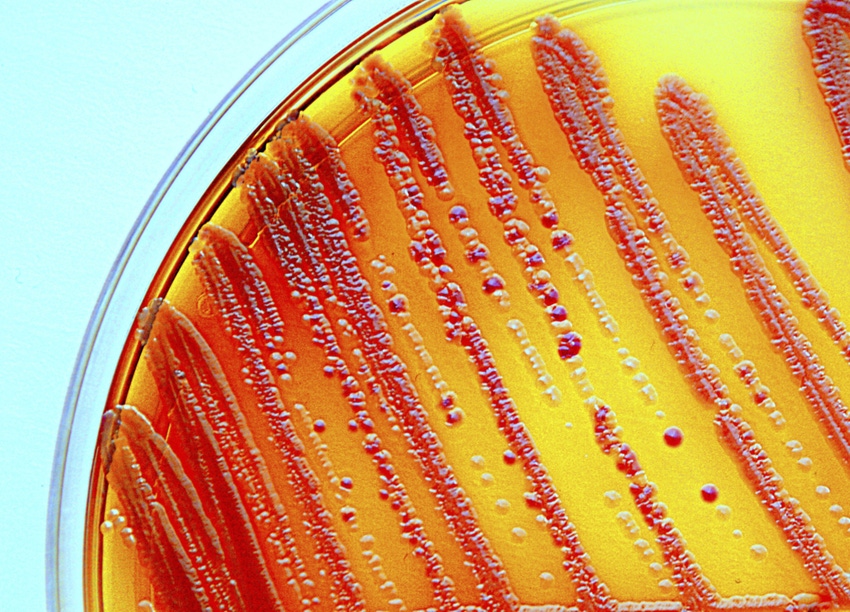Sales of highest-priority antibiotics critically important to human health also decrease by two-thirds in U.K.
October 30, 2019

Sales of antibiotics for use in food-producing animals in the U.K. have been reduced by 53% in just four years between 2014 and 2018, the U.K. Veterinary Medicines Directorate (VMD) confirmed Oct. 29.
According to the announcement, the reduction demonstrates the strong and committed approach taken by the U.K.’s food, farming and veterinary sectors to tackle antimicrobial resistance (AMR). The figure comes from the annual "Veterinary Antibiotic Resistance Sales & Surveillance" (VARSS) report and builds on reductions published in previous VARSS reports.
U.K. chief veterinary officer Christine Middlemiss said, "A 53% reduction in sales of antibiotics for food-producing animals in just four years is a testament to the improvements industry and the veterinary profession have made in antibiotic stewardship, training and disease control. This is a great example of how real change can be achieved when government and industry work together, including through initiatives such as the Targets Task Force," which is chaired by the Responsible Use of Medicines in Agriculture Alliance.
"The focus on infection prevention and control is key to reducing the need to treat with antibiotics and maintaining the U.K.’s world-leading standards in protecting animal health and biosecurity," Middlemiss added.
Furthermore, sales of "highest-priority, critically important antibiotics" vital to human health have decreased by two-thirds during the same time period and now account for a small proportion (0.7%) of total antibiotic sales, VMD said.
Lord Gardiner, U.K. minister for rural affairs and biosecurity, said, "The magnitude of these continuing reductions in antibiotic sales, including the 68% reduction in sales of the highest-priority, critically important antibiotics for food-producing species over the last four years, demonstrates how seriously our farming sectors take the threat of antibiotic resistance and have risen to the challenge. There is, however, more to do as we continue this fight against what is a truly global challenge."
Earlier this year, the government launched the U.K.’s AMR 20-year vision and five-year national action plan, which takes a “One Health” approach, VMD pointed out. This means that a joined-up approach to surveillance and action is spread across humans, animals, food and the environment to reduce the development and spread of AMR.
Professor Chris Witty, chief medical officer, noted that responding to the threat of AMR "requires collective action from across the One Health spectrum. I am, therefore, delighted to see continued progress by farmers and vets who are working hard to reduce the inappropriate use of antibiotics in animals. I am particularly pleased to see an impressive and steady reduction in the use of highest-priority ,critically important antibiotics in food-producing animal species; it is hugely important to conserve these life-saving drugs."
The U.K. VARSS report, published annually by VMD, provides data from previous years on the quantity of authorized antibiotics for use in animals sold in the U.K. and results from surveillance programs looking at antibiotic resistance in bacteria from animals.
VMD is an executive agency sponsored by the U.K. Department for Environment, Food & Rural Affairs.
Source: U.K. Veterinary Medicines Directorate, which is solely responsible for the information provided and is wholly owned by the source. Informa Business Media and all its subsidiaries are not responsible for any of the content contained in this information asset.
You May Also Like


.png?width=300&auto=webp&quality=80&disable=upscale)
